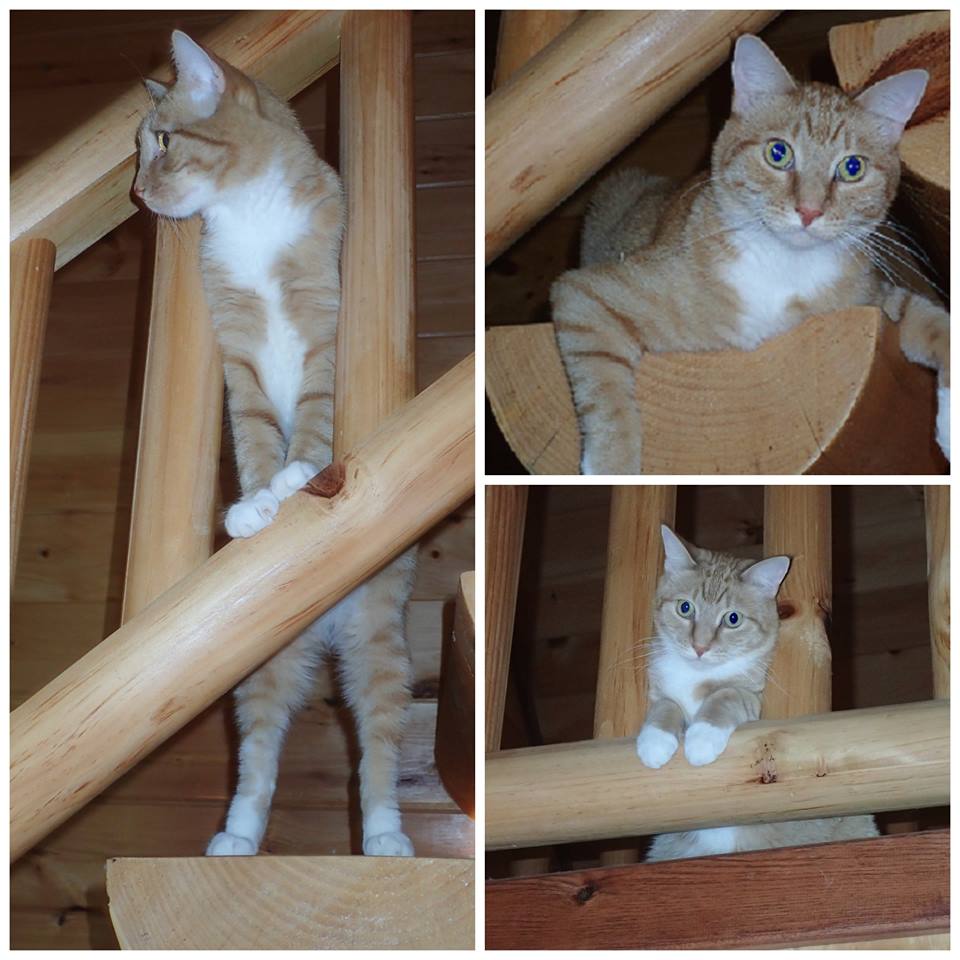Finally, the weekend I’ve been waiting for has arrived. I’ll be attending the 50th birthday celebration for the American Studio Glass Movement at the High Museum of Art. WOOHOO!
I’m a lampworker; I make glass beads and small glass items. This celebration is a wonderful opportunity to see master glass artists in action. The Corning Museum of Glass artists (gaffers) will take glowing gobs of molten glass and skillfully shape them into vases, bowls, or sculpture. The Gaffers will be explaining this dynamic process and answer audience questions along the way. Live glassblowing demonstrations and guest appearances by artists Richard Jolley, Johanna Grawunder, and Gyun Hur will be free to the public. I so excited!
If you’re interested in more information about the Studio Glass Movement, continue reading the article below…
A Brief History of the
Studio Glass Movement
by Lynda Olsen Adelson
The American Studio Glass Movement, which began in the early 1960s, is a new phenomenon in the century’s long history of glass as an artistic medium.
For the first time in more than 3500 years, technology allowed artists to make glass alone and unaided, without the necessity of a factory environment. Prior to the 1960s, glass was made only in large scale industrial settings.
At established art glass factories like Steuben (United States), Waterford (Ireland) or Baccarat (France), hundreds of employees work in an industrial environment, mass producing glass objects. These factories produce a large number of pieces each day, and employees are assigned to one part of the multi-stage process involved in making each object. There are designers, glass batchers, glassblowers, cutters, polishers, etc.
American studio glass differs from factory glass in that the individual artist completes all aspects of the creation of a piece, from design through signature. These studio artists generally "batch" their own glass, using sand (silica), ash and metallic oxides to create their raw material. The quantity of work they produce is extremely limited. Most studio glass artists will make fewer pieces in their lifetimes than factories like Baccarat or Waterford will make in one day.
In 1962, Harvey Littleton, professor of art at the University of Wisconsin , and Dominick Labino presented a glass workshop in conjunction with the Toledo Museum of Art. These men are recognized internationally as the "fathers" of the American Studio Glass Movement.
Convinced that it was finally possible for an individual artist to undertake glassblowing by working entirely alone, Littleton and Labino provided information on furnace construction, glass formulas, tools, techniques, etc.
The Toledo workshop was the beginning of the American Studio Glass Movement. In the decades since then the number of American Studio Glass Artists has gone from virtually none to more than 1,000. Internationally, American glass artists are acknowledged as the undisputed leaders in creativity and originality. Dale Chihuly, a Seattle artist who established the famed Pilchuck Glass School , is widely credited with advancing public awareness of glass as an artistic medium.
The Corning Museum of Glass is recognized as having the world's finest collections of glass art objects, dating from antiquity through the 20th century. Each year the Corning Museum sponsors an international juried competition, which attracts more than 2,000 submissions from all over the world, with only 100 pieces selected for inclusion in the museum's New Glass Review and permanent collection of 20th Century Glass. Since the beginning of the New Glass Competition in 1979, American artists have dominated this important award contest, consistently accounting for more than half of the 100 winning selections each year.
See You at the High Museum!
Lori in Atlanta















Sounds like it is going to be a wonderful event. I hope you enjoy your day!
ReplyDeleteValerie
Everyday Inspired
Hope you have a great time! I'm lucky enough to live within driving distance of CMOG, and have always loved visiting there.
ReplyDeleteI'm envious! Someday soon I'll get to your neck on the woods.
Delete